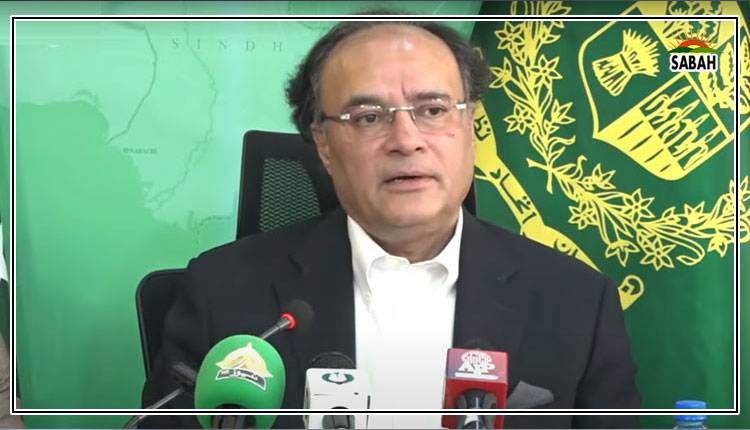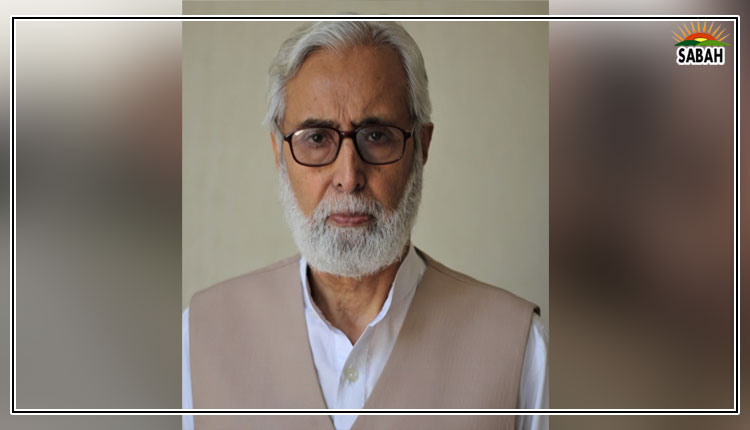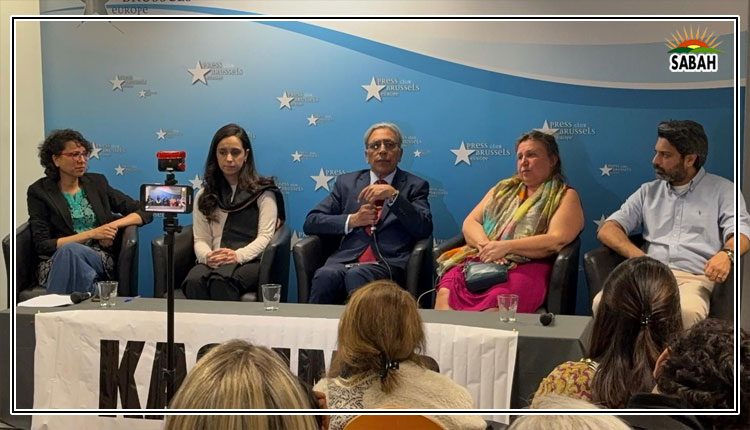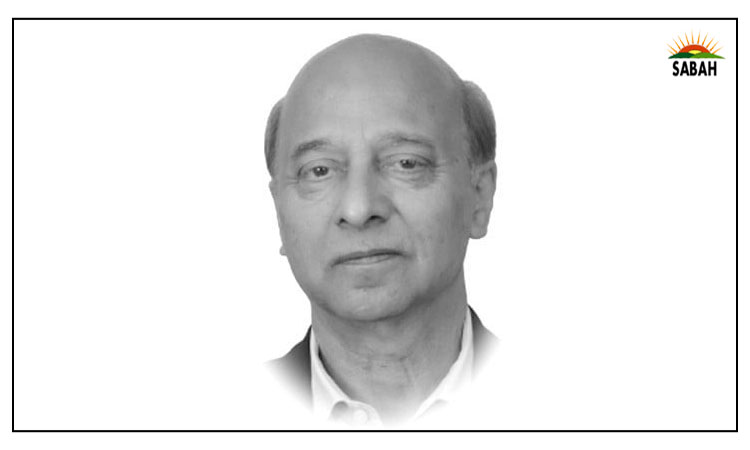Ticket to a better future …..Dr Junaid Ahmed
Pakistan has a long history of exporting its semi or low-skilled workers, particularly to the Persian Gulf nations. This trend persists even today.
The number of Pakistani workers seeking employment abroad has surged over time. Between 1971 and 2023, as per recent data from the Bureau of Emigration and Overseas Employment (BEOE), over 13.3 million workers registered themselves for employment abroad.
In 2023 alone, approximately 862,625 workers were sent abroad, a 3.6 per cent increase from the previous year. Of these, 91 per cent found opportunities in Saudi Arabia, the United Arab Emirates (UAE), Oman, Qatar, Bahrain, and Kuwait – the countries which tend to be the prime destinations of the Pakistani diaspora.
What underlies this increasing trend of migration? A combination of push and pull factors motivates the decision to migrate. Push factors include economic challenges, labour market difficulties, trust, and weaknesses in Pakistan’s governance structure, while pull factors involve increasing labour demand in destination countries, income disparities, the prospects of better pay, and familial ties abroad.
Despite being employed across 40 different job categories, about 52 per cent of Pakistani workers abroad are engaged in low-skill or semi-skilled roles. Most labour migrants have chosen Saudi Arabia, the UAE, or other Gulf countries, where 44.7 per cent work as labourers and 22.8 per cent as drivers. Beyond these roles, various other professions contribute to the labour export, such as managers (4.5 per cent), salespersons (3.0 per cent), masons (2.7 per cent), technicians (2.5 per cent), foremen/supervisors (2.2 per cent), electricians (2.1 per cent), carpenters (1.5 per cent), mechanics and operators (1.2 per cent), clerks/typists and cooks (1.1 per cent), engineers and painters (1.0 per cent), among others.
Historically, the trends underlying the distribution of labour across different professions have remained consistent, notably highlighting a prevalence of semi or unskilled workers. The dominance of these roles, such as labourers and drivers, emphasizes the need for targeted policies to maximize Pakistan’s human capital potential, especially in terms of capturing higher-paying jobs and adapting to changing labour market demands.
The dominance of these low-skilled roles poses significant challenges for the future. Structural changes in labour market demand, like those outlined in Saudi Vision 2030 and the prioritization of Saudization, aimed at increasing local labour participation, pose significant hurdles, especially for Pakistani workers in key destination markets.
Competition from other labour migration countries like Bangladesh and the Philippines also heightens pressure on Pakistani migrants, who often occupy jobs with lower skill requirements. Moreover, the predominance of skilled workers from India and the Philippines in certain professions further limits opportunities for Pakistani workers.
For instance, according to the Philippine Statistics Authority Survey on Overseas Filipinos in 2022, elementary occupations dominated among overseas Filipino workers (OFWs) at 44.4 per cent, followed by service and sales workers (15.5 per cent), and plant machine operators and assemblers (12.4 per cent).
Of the 1.13 million female OFWs, 69.8 per cent worked in elementary occupations, 14.4 per cent in service and sales, and 6.6 per cent in professional roles. Of the 828,000 male OFWs, 28 per cent were plant and machine operators and assemblers; 17.1 per cent service and sales workers; 15.3 per cent craft and related trades workers; 15 per cent technicians and associate professionals; and 9.7 per cent elementary occupations.
Notably, the OFW’s primary export of skilled/semi-skilled workers contrasts with Pakistan’s export of predominantly low-skilled labourers to the Gulf. This distinction highlights Pakistan’s need to diversify its labour exports and tap into new markets beyond traditional ones.
To address these challenges, Pakistan must prioritize skill development and market diversification. Enhancing the skills of labourers to align with evolving job requirements is crucial. The National Vocational & Technical Training Commission (NAVTTC), established in 2005, serves as Pakistan’s apex body for technical education and vocational training.
Operating under the Ministry of Federal Education and Professional Training, its vision of ‘Skills for Employability, Skills for All’ and mission to provide direction and support for skill development aims to enhance Pakistan’s social and economic profile. However, challenges persist in fully optimizing resources to meet international market standards, as highlighted by BEOE data on exported semi and unskilled workers.
To date, with 96 per cent of labour exports heading to Gulf countries, understanding their evolving trends is essential. Initiatives should focus on upskilling to meet changing market needs, aligning policies with Gulf countries’ trends and laws to tap into their job markets effectively. Initiatives like Saudi Vision 2030 emphasize the preference for skilled, preferably local workers, reducing demand for unskilled labour.
Besides, improving pre-departure training services (focusing on soft skills and basics about the country where migrants are leaving) is also important. Therefore, Pakistan can position its migrant workers as skilled assets, contributing to national development and global labour markets.
Diversifying beyond reliance solely on the Gulf market is imperative. Exploring job opportunities in developed and emerging markets like Japan, South Korea, Germany, and others can provide new avenues for Pakistani workers. Diplomatic efforts to facilitate placements in these markets and continued investment in technical and vocational training and other skill development programmes are vital.
By addressing current challenges and exploring new opportunities, Pakistan can maximize its labour potential and secure better opportunities for its citizens abroad.
Diversifying job categories and markets while strengthening ties with traditional partners will be key to sustaining growth in labour exports, thereby increasing the country’s global standing, as well as supporting Pakistan’s economy through sustained remittances.
The writer works as senior research economist at the Pakistan Institute of Development Economics (PIDE),
Islamabad and can be reached at:
junaid.ahmed@pide.org.pk
Courtesy The News












